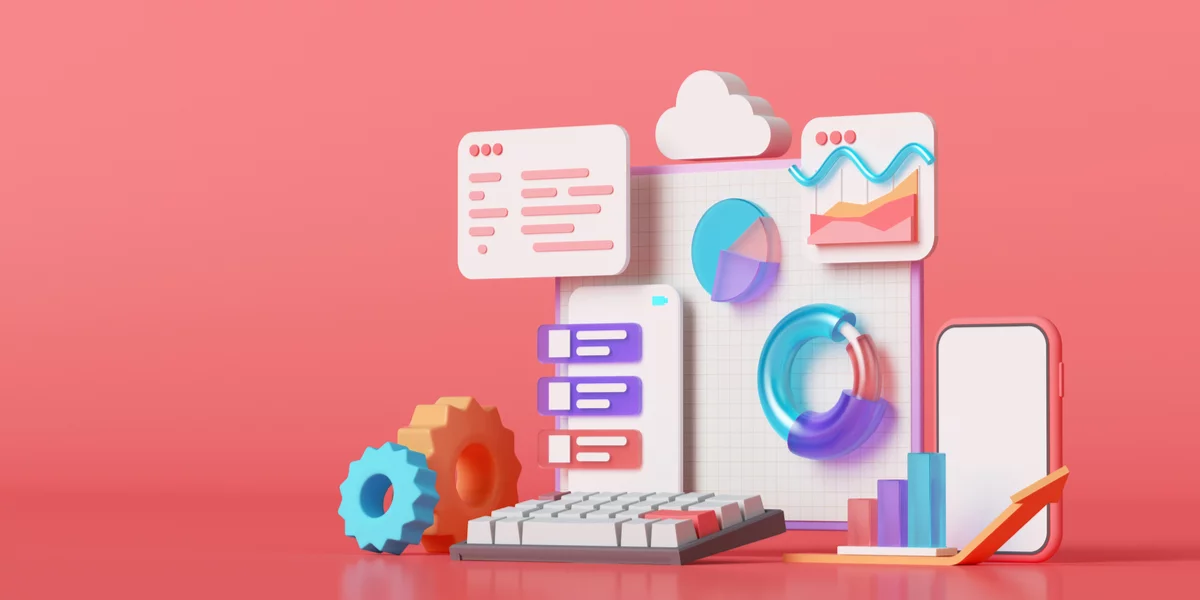Picture this. You’re a company who would like to have certain processes automated. But how should you approach it? And where do you begin? These five tips can help.
Tip # 1: Map Out Your Stakeholders
First of all, ask yourself: Who are you automating for? And what is the purpose? You have to know who your user will be and what exactly they should be able to do with the software. For instance, the user could be your customers or maybe your own employees. Depending on the answer, the software you’d need would differ. Do you want to simplify a work process for your employees by automating? Or do you want to be able to serve your customers better with the use of software? It is important for the programmers to clearly know in advance what they will work on. They need to know who it is for and how it should function. Because they choose which buttons to show, and which actions are possible at which times.
Many people think the other way around. They start with an idea. “I want to have a system”. Then do they think about what that system would be for. It shouldn’t be done backwards, automation must come from a clear goal and determining the stakeholders is step one.
Tip # 2: Map Out Your Processes
You now know who the users will be. But what exactly do the users want? What do we help them with? Suppose it is an invoicing system, then you would help them create invoices faster.
Before you optimise any process, make sure there actually is a process. We occasionally encounter companies that want to have a system, have all the work automated but it turns out that their work doesn’t have a process at all. It’s impossible to automate in circumstances.
A process consists of a series of steps towards an end goal. For example, to create an invoice, you always go through the same protocol. You select a customer, you add invoice lines, and so on. If that process is framed and transparent, it can be automated such that all those steps no longer have to be performed manually.
Tip # 3: Know your Priorities
We often get customers who come asking for a mega system where they want to cram in as many work processes as possible. We always advise against making a system that can do everything under the sun. Many parts often remain unused when building such a large and cumbersome system.
You should always start with the most important processes. Whether that process is about communication with the customer, or about labour-intensive processes on the shop floor. These important processes may be disorganised processes that you may like to sort out so that they run more smoothly.
Tip 4: Build a Minimum Viable Product (MVP)
When building an MVP, you reduce the product to its core. It is the minimum product with which you can complete the desired process. You can launch it, for example as a pilot, and then test it.
Building an MVP brings many benefits. You can start testing quickly, get quick feedback from users, the time-to-market is much lower, and the chance of building things that you have to tear out later is much lower. Ultimately, this reduces costs.
If you immediately introduce a large and unwieldy system, you are more likely to get backlash from your users. Adoption is much more difficult with large systems. By starting with an MVP, and expanding on it later with the desired features, you ensure that the adoption proceeds as an evolution.
Tip 5: Evaluate with your Stakeholders
This is a simple but very important tip. Once you’ve launched a system, research on the user’s experience as well. Conduct a survey. Has the system been well-received? Do they have any noteworthy suggestions? Only by asking your users the right questions can the process be deemed complete and successful.
Here’s an extratip: if you find yourself struggling with the right approach to your automation, hiring an experienced company to guide you through this process may be the answer.


